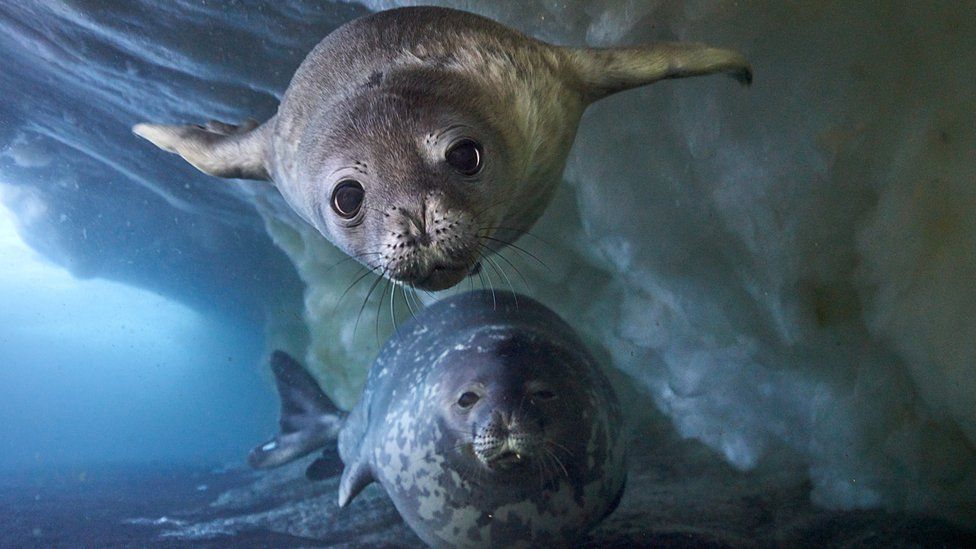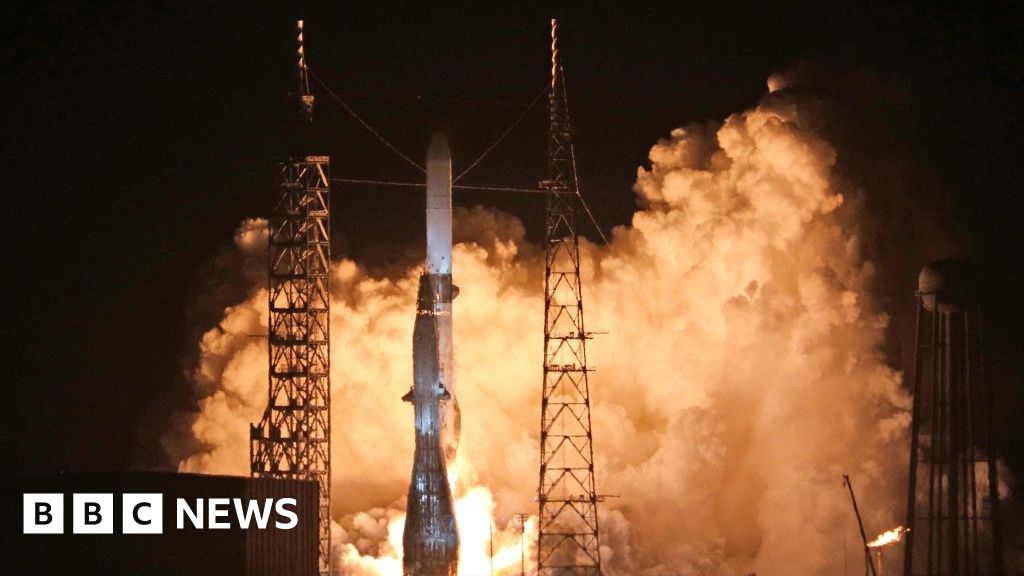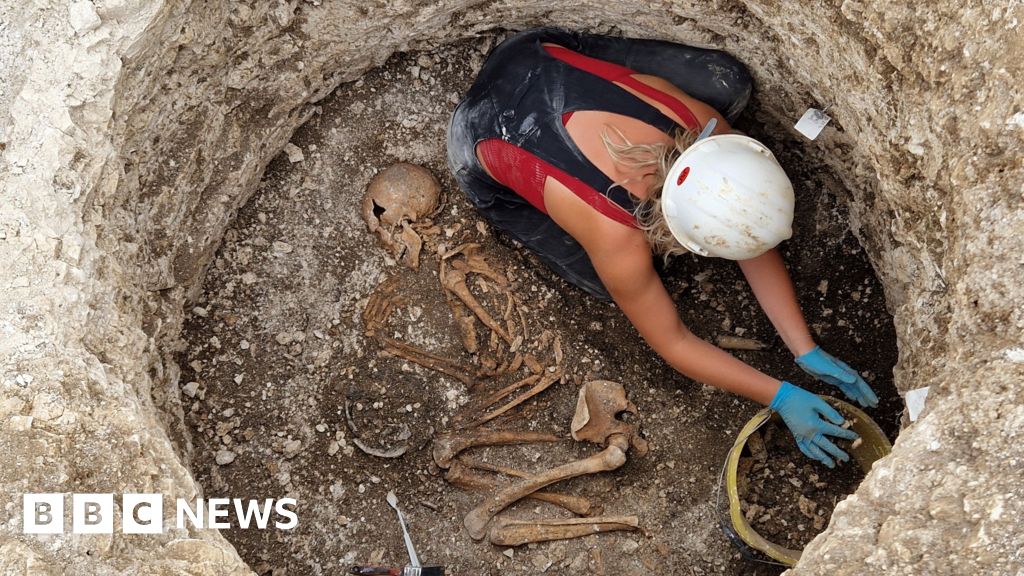ARTICLE AD BOX
By Esme Stallard
BBC News Climate and Science
 Image source, Justin Hofman
Image source, Justin Hofman
High-speed drones whizz along an avalanche's deadly wall of tumbling snow, rare Siberian tigers hunt hibernating prey, and microscopes capture ice breaking.
More than a decade on from the first series, Frozen Planet II returns, using new technology to give BBC viewers an unprecedented insight into life in the coldest parts of our planet, many of which are under huge threat from climate change.
It took the BBC Natural History Unit (NHU) four and a half years of filming across 18 different countries to produce the six-part series.
The result, Sir David Attenborough reveals in the opening sequence, captures "natural phenomena never before seen by humans".
The success of the series in revealing new animal behaviour has already led to one scientific publication on the Lapland bumble bee - with more expected to follow.
From episode one, viewers will see an endangered Siberian tiger (also known as the Amur tiger) prowling for potential sources of food sleeping out the winter in caves - the first time this activity has been filmed.
They are so elusive - with less than 550 left in the world - it took three years to get them on camera.
Image source, Ondrej Prosicky//Shutterstock
Image caption,Siberian tigers, 95% of which live in Russia, are one of the most difficult species to film
The benefit of waiting 11 years for a new series is that camera technology has moved on considerably.
Microscopes were used to film ice cracking below baby emperor penguins' feet as they made the treacherous journey to the sea. Motion-triggered time lapse cameras were set to catch a tiger on the move. The NHU even partnered with space-imaging experts to document the great ice melt on a global scale.
Perhaps most impressive is the first ever use by the NHU of a new generation of light-weight fast-response drones.
This enabled the team to capture the terrifying first-hand experience of flying down the mountainside alongside an avalanche.
Image source, Shutterstock / Lysogor Roman
Image caption,The documentary captures a real avalanche from Mountain Shkhara in the Caucasus region of Russia
These drones were also used to document a mammoth ice calving in Greenland - a fast and difficult to predict event.
For more than four weeks the team watched on rotation for 24 hours a day, ready to send the drones nearly a mile across the ocean to reach the vast Store Glacier. The resulting clips immerse the viewer in towering blocks of ice, some 100ft (30m) high, as they break away from the glacier.
Mark Brolow, executive producer of the series, points out that Frozen Planet II is not just about capturing nice footage but also "draws attention to changes going on now".
Greenland and Antarctica are currently losing ice six times faster than 30 years ago, and Greenland's ice sheet has been shrinking continuously for the last 25 years due to climate change, according to the UN.
Image source, BBC Studios
Image caption,BBC NHU worked with scientists from around the world to track animal behaviour and glacier melting
There is humour and heartbreak - and efforts to build a connection with the "characters" - as the series producer Elizabeth White likes to refer to the animals.
In one sequence you're desperately willing newborn musk oxen to make it through the first days of their brutal lives in the barren world of the frozen tundra.
Amid the animal drama it's easy to forget that someone was enduring the same extremes behind the camera to capture such moments.
Alex Lanchester, Frozen Planet II producer, said that "the camera operator who filmed the musk ox story had to camp out in the Arctic in blizzard conditions".
"He towed behind him a garden shed on his Skidoo and he lived in that."
Besides the difficulties that always come with filming in the most treacherous places on Earth, this was all done during a global pandemic.
One film crew had to quarantine for 42 days in South Africa before even beginning their trip to Antarctica.
Image source, Tim Flach
Image caption,Japanese Macaques, from episode 3, are captured grooming each other as they relax in thermal baths high in the mountains
Although the stars of Frozen Planet II are no doubt the animals, the series brings some A-list quality in the soundtrack.
Hans Zimmer scored the music for the series, and worked with Camila Cabello to produce a new song for the trailer.
Camila told the BBC: "To be able to combine my passion for the planet we live on and my music is a dream come true.
"Sir David's narration is deeply powerful as we try to protect these incredible ecosystems from global warming."
Frozen Planet II begins on BBC One at 20:00 BST on Sunday.
Frozen Planet II is made by BBC Studios' Natural History Unit, co-produced by BBC America, the Open University, Migu Video, ZDF and France Televisions.
Around the BBC
Related Internet Links
The BBC is not responsible for the content of external sites.

 2 years ago
32
2 years ago
32








 English (US) ·
English (US) ·